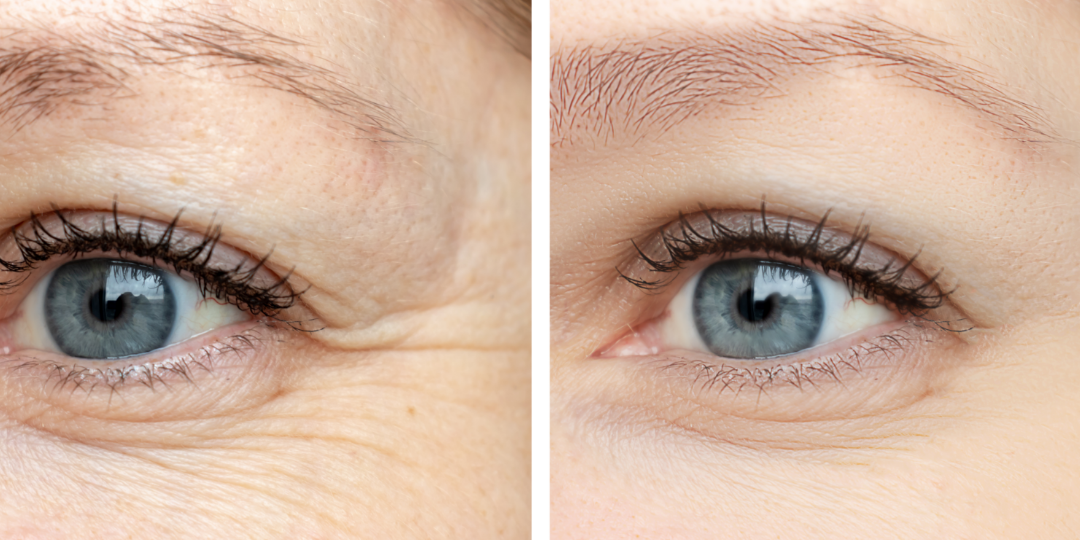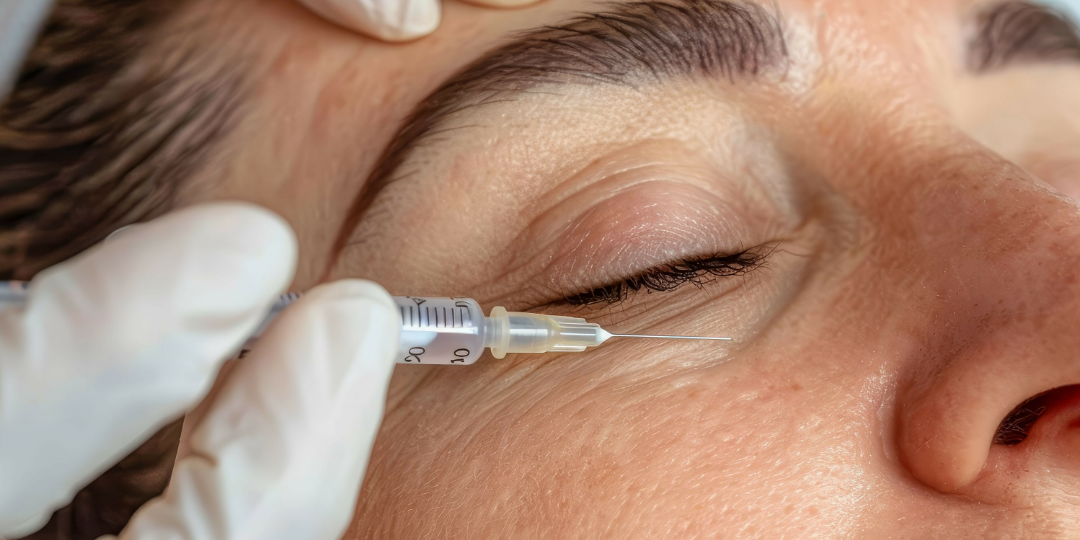Understanding Botox and Dysport
What Is Botox?
Botox, short for botulinum toxin type A, is one of the most well-known non-surgical treatments for reducing wrinkles. It works by temporarily relaxing the muscles at the injection site, which helps to smooth moderate to severe frown lines and other facial wrinkles. Botox injections are a popular choice for individuals looking to reduce the signs of aging.
In addition to its cosmetic applications, Botox is also used to treat a variety of medical conditions, such as chronic migraines, an overactive bladder, excessive sweating (hyperhidrosis), and muscle spasms. Its versatility has made it a household name in both cosmetic and medical fields.
What Is Dysport?
Dysport is another type of botulinum toxin type A injection, also approved by the FDA. Like Botox, Dysport helps reduce facial wrinkles by temporarily relaxing the muscles that cause them. It is particularly effective for treating moderate to severe glabellar lines, which are the vertical lines between your eyebrows.
Dysport is formulated slightly differently than Botox. Its smaller protein molecules allow for quicker diffusion, meaning it may spread more easily over larger areas of the face. This property can be advantageous for certain patients but may also make it less suitable for highly targeted areas. Dysport’s formulation often means patients require more units of Dysport to achieve the same result as Botox.
Comparing Dysport and Botox
Although both units of Botox and Dysport are used for reducing fine lines and wrinkles, several key differences set them apart. Understanding these differences can help you make an informed decision.
Active Ingredients and Formulation
While both Dysport and Botox share botulinum toxin type A as their active ingredient, the protein structure in each product is different. Dysport’s smaller molecules make it best suited for treating larger areas like the forehead. Botox, on the other hand, has a more concentrated formula, which allows it to stay localized in smaller, specific areas.
Units and Dosage
One of the most significant differences between Dysport and Botox is how they are measured. Dysport injections require more units than Botox to achieve the same effect. However, the cost per unit of Dysport is often lower than that of Botox, which may balance out the price point.
Injection Site and Diffusion
The spreadability of Dysport allows it to cover larger areas more efficiently, while Botox injections are more precise, making them ideal for small areas like crow’s feet or specific facial wrinkles. This difference highlights the importance of working with a skilled provider who understands the nuances of both treatments.
Full Effect and Longevity
Both Dysport and Botox typically begin showing results within three to five days of treatment. Dysport may have a slight advantage in achieving its full effect more quickly, sometimes within 24 to 48 hours. As for longevity, both treatments last about the same amount of time—three to four months—though this can vary depending on the individual and the area treated.

Applications and Benefits
Both Botox and Dysport are incredibly versatile, offering benefits for cosmetic and medical needs.
For Cosmetic Purposes
Dysport and Botox are both highly effective at reducing the appearance of facial wrinkles and fine lines. They can treat common concerns such as:
- Moderate to Severe Frown Lines (Glabellar Lines)
- Lines and Crow’s Feet Around the Eyes
- Forehead Wrinkles
Both treatments work by relaxing the muscles in these areas, resulting in smoother skin and a refreshed appearance. The choice between Dysport and Botox often comes down to the size of the area being treated and the patient’s preference.
For Medical Conditions
While Botox is well-known for its cosmetic uses, it also has several medical applications. Botox is commonly used to treat:
- Chronic Migraines
- Overactive Bladder
- Excessive Sweating
- Muscle Stiffness or Spasms
Dysport, while not as widely used for medical purposes, can also be an option for certain conditions involving muscle relaxation.
Potential Disadvantages
Every cosmetic treatment has its considerations, and Dysport and Botox are no exception. Dysport’s broader diffusion can make it less suitable for small, targeted areas. On the other hand, Botox’s precision can sometimes lead to a “frozen” appearance if not administered correctly. Both treatments may cause mild side effects, such as redness or swelling at the injection site.

Choosing Between Dysport and Botox
Deciding between Dysport and Botox ultimately depends on your unique needs and goals. Whether you’re looking to reduce the appearance of wrinkles and fine lines or treat moderate to severe frown lines, both options are effective when administered by an experienced provider.
At Hillcroft Physicians PA, we offer Dysport injections to help patients achieve a smoother, more youthful appearance. Our team of skilled professionals is here to answer your questions and guide you toward the best treatment plan for your needs. Contact us today to schedule a consultation and take the first step toward enhancing your natural beauty!


